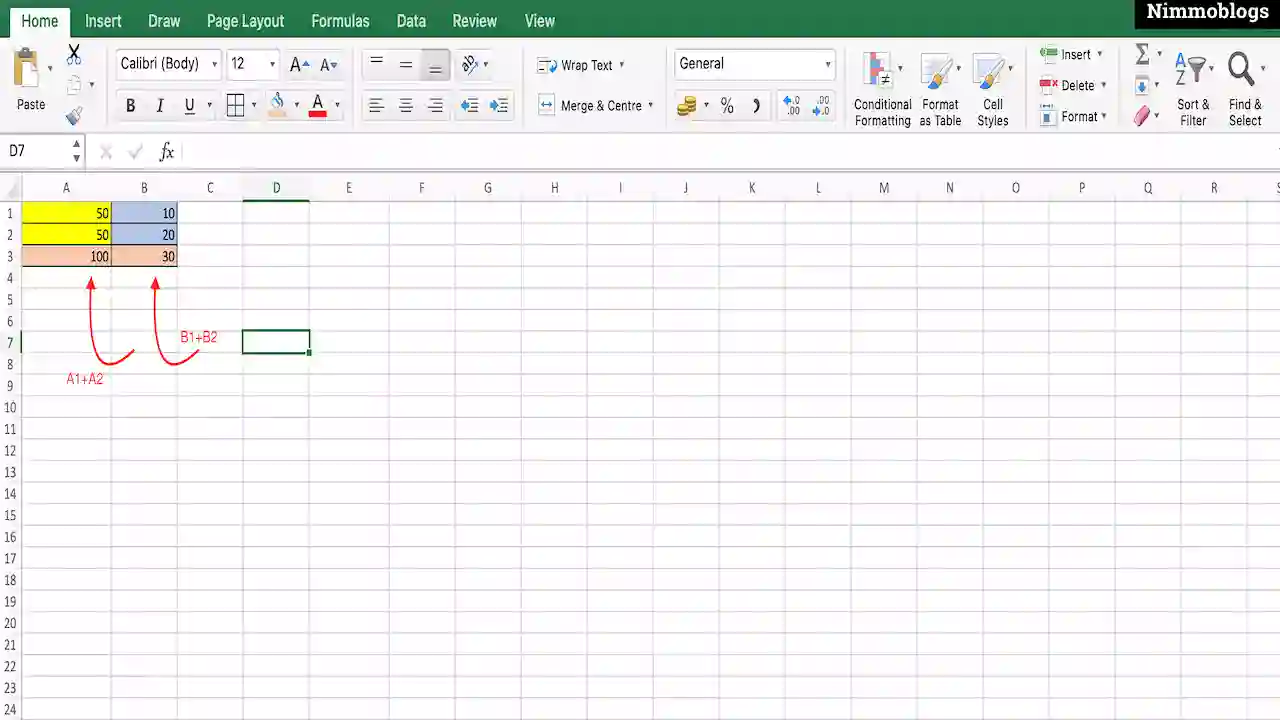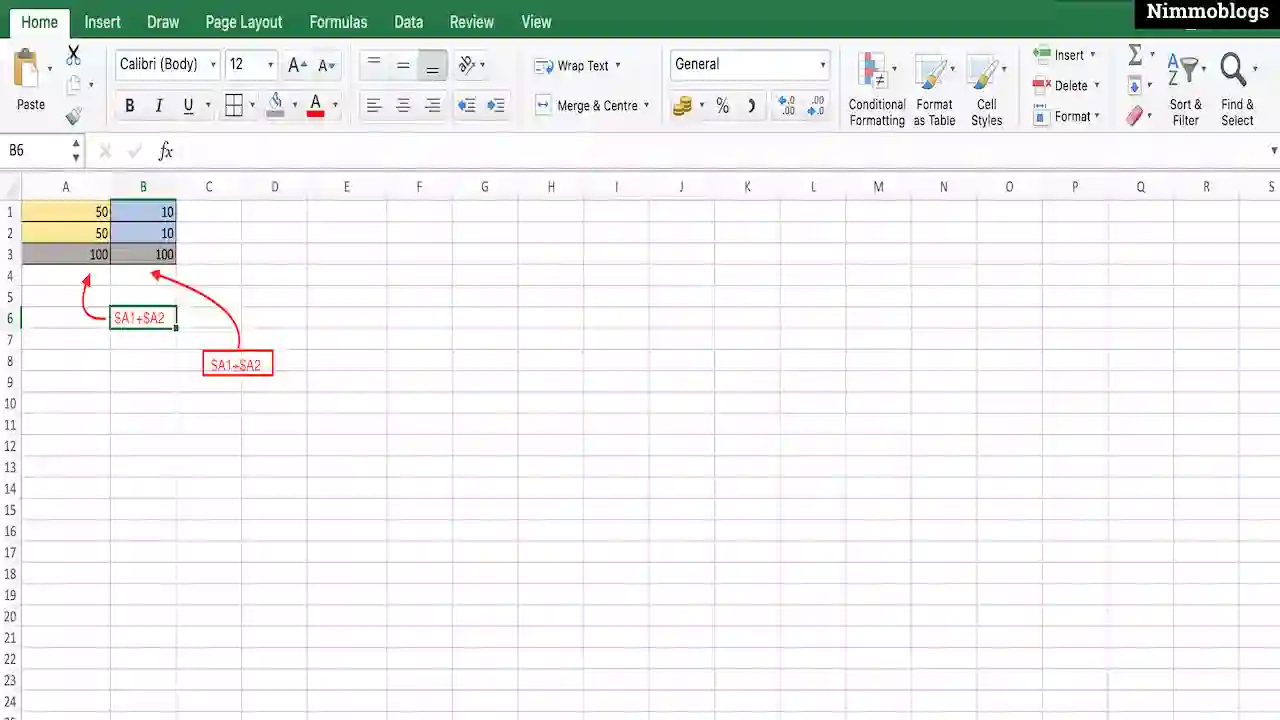 Excel
Excel
MS Excel: How To Use Cell Reference In Excel

Excel cell reference is used to refer to other cells with respect to a cell of Excel worksheet to use the properties or value of the other cell.
Example, A2 cell contains some data and you want to use the data in a different cell of the same Excel worksheet i.e. A1. Simply use =A2 in the A1 cell of the worksheet, using this way you can use the value of the A2 cell in A1. This way of using the value of the other cell is called Excel Cell Reference.
How To Use Cell Reference In Excel (Quick Guide)
Excel Cell Reference, further steps guide given below:
- Select a cell i.e. A2 in Excel worksheet.
- Now, select another cell (i.e. A1) of the same worksheet.
- Enter "=A2" text to copy the data of the A2 cell in A1 cell.
Relative And Absolute References
Excel cell reference, if you are planning to use then first you need to understand how these can change while moving or copying between cells of an Excel worksheet. Excel cell reference is basically divided into two types: Relative(value changed when using in another cell of different location) and Absolute(value remains same when used in another cell of different location) and both are used for different purpose and behave differently while using in a worksheet of Excel.
Excel Cell Reference of both types are mentioned below with detailed descriptions:
Relative References
Excel Relative References is the default cell reference of the Excel worksheet i.e. this is a cell reference used in cells of the worksheet and can be copied or adjustable to the other cells.
Example:
- Enter some value in the cells A1 and A2.
- Put "=A1+A2" into the cell A3 to calculate the sum of two cells (A1 and A2).
- Now give some different value in B1 and B2 with respect to A1 and A2.
- Copy the cell A3 and paste in B3. By copying this the sum of B3 will be different from the cell A3 because this copies the formula of the cell instead of the value.

|
Note: Output of A3 cell is based on A1 and A2 cells. When copying the A3 cell, you move one cell to the right side which is the B3 cell. This means A1 becomes B1 and A2 becomes B2. That’s why the B3 cell applies the formula of A3 and sums up the values of the B1 and B2 cells of the Excel worksheet.
Absolute References
Excel Absolute References is the cell reference of the Excel worksheet which remains the same i.e. this is a cell reference used in cells of the worksheet and remains contained when copying to the other cells.
Example:
- Enter some value in the cells A1 and A2.
- Put "=$A1+$A2" into the cell A3 to calculate the sum of two cells (A1 and A2).
- Now give some different value in B1 and B2 with respect to A1 and A2.
- Copy the cell A3 and paste in B3. By copying this the sum of B3 will be the same as the cell A3 because the formula of the cell will remain throughout the worksheet.

|
Note: Output of A3 cell is based on A1 and A2 cells. When copying the A3 cell, you move one cell to the right side which is the B3 cell. This means A1 becomes B1 and A2 becomes B2. That’s why the B3 cell applies the formula of the A3 cell of the Excel worksheet.
Mixing Relative And Absolute References
Excel mixed relative and absolute references are used while we need relative referencing for the column and absolute referencing for the row.
According to the previous examples, Cell A3 contains the Cell reference "=A$1+A$2", this will act as a relative reference with respect to the column of the worksheet and will act as an absolute reference with respect to the row of the Excel worksheet
In mixed reference as well the relative column reference adjusts as it is copied to other columns, but the absolute row reference remains constant.

Goal Setting: How To Set Goal In Life

Podcast: How To Cancel Spotify Premium

Podcast: Podcast That Should Listen

Podcast: What Is Google Podcast

Podcast: What Is Podcast And How Does It Works

Time Management: Good Time Management Skills

Time Management: How To Improve Time Management Skills

Top 25 Ways To Increase Productivity

Robotics: What Is Robotics And How Does It Work

Positive Thoughts: Positive Thoughts Can Change Your Life

How To Become Rich With No Money

Top 5 Ways To Become A Rich

Communication: Top 7 Ways To Communicate Effectively

Personality Development Tips For Men

Personality Development Tips For Woman
©2026 Nimmoblogs
All Right Reserved.
Made with
 by Hina Aggarwal
by Hina Aggarwal